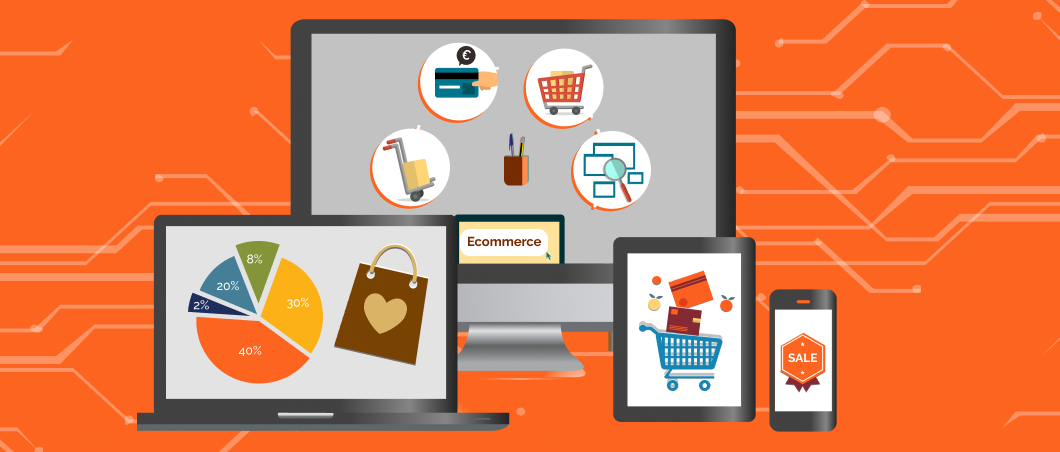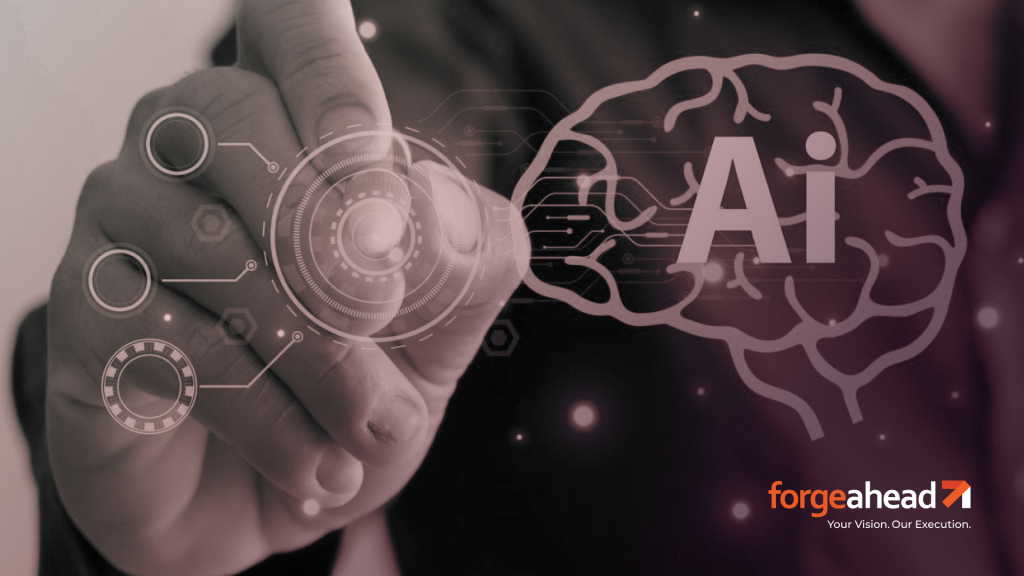As the holiday season approaches, retailers have to brace themselves to catch the attention of their customers. The age of online-shopping coupled with weakening customer relationships does concern retailers. Add to that increased competition and we know why retailers need to start ahead of time to prepare for the busiest time of the year.
According to Statista, in 2017, an estimated 1.66 billion people worldwide purchase goods online. Globally e-retail sales amounted to $ 2.3 Trillion in 2017. Statista projects e-retail revenues to grow to $ 4.88 Trillion in 2021. Retailers are under increased pressure to identify ways to lure their customers to their stores, both online and offline simply because, for the customer, the world is now their playing field.
As shoppers get increasingly sophisticated, their expectations from their favorite retail brands continue to increase. Retailers also must keep in mind the growing millennial demographic and their buying attitudes and expectations. Given the changing dynamics, retailers are not only being compelled to relook at how they are using their physical stores but also assess how they can optimize the online buying experience.
With this shift in mindsets, retailers realize that the prep to win this holiday season has to be less of a one-day sprint and more like a week-long marathon. And it is technologies like Artificial Intelligence and Machine Learning that will help them create new and exciting business opportunities.
Unlocking the age of hyper-personalization
We are all used to recommendation engines now. 55% of all of Amazon’s sales are driven by its recommendation engines. However, these engines must become ever-more capable of allowing highly customized recommendations that are guaranteed to appeal to the customer. This can only be achieved when the algorithms have the capacity to scale to huge data sets to allow item-to-item collaborative filtering (a concept developed by Amazon itself), content filtering, clustering, and categorization. Trunk Club, an apparel subscription service owned by Nordstrom embedded Artificial Intelligence (AI) into its digital-images marketing on Pinterest to drive highly relevant product offerings. The use of these advanced analytics eliminates the guesswork of the human sales assistant and can drive a significant upsell opportunity.
Targeting with precision
A study conducted by Big Commerce and online payment company Square shows that even though online shopping is accelerating, many retailers are still struggling to capitalize on their digital sales channels. The study further concludes that effectively targeting a ready-to-buy customer base also needs “solid data and statistics on your customers”. From Pinterest to Google to all social networks, retailers have to develop the capacity to gain deep insights into individual consumer preferences. This can only be achieved with AI and Machine Learning (ML). AI and ML algorithms allow companies to create optimal shopping experiences by also leveraging ancillary data like location, weather, social behavior, etc.
Conversational commerce
With AI and ML tools, retailers are now gaining the capacity to provide the high-end personal shopper experience found in traditional department stores, even to their online visitors. These experiences are generated using, amongst other things, chatbots. As millennials become the primary buyers, retailers must take account of the fact that this demographic is more open to instant messaging than talking to a person when they need assistance. Thanks to technologies such as AI and ML, retailers are now entering the age of ‘conversational commerce’ where these chatbots will better understand conversational language and act as a concierge service. Companies like H& M are using such AI-powered chatbots to power shopping experiences. Don’t know what to buy for your 15-year-old nephew? Ask the chatbot.
Gartner estimates that “by 2020, 85% of customer interactions will be managed without humans. And it’s predicted that by 2018, AI technology will advance to the point where service bots can recognize the voices and faces of customers.” The AI-powered chatbots will only help in making holiday shopping more efficient, easier and effective.
Optimized advertising
Social networking channels have increased retailers’ advertising footprint phenomenally. However, as the holiday season approaches, retailers have to battle the skyrocketing ad process. Where does Artificial Intelligence or Machine Learning come into the picture here? These tools make sure that the ads are focused on the right demographic and have an optimized run before a new ad is launched. AI and ML-powered predictive algorithms can help retailers determine the optimal time to pull an ad and replace it with a new one automatically. This helps in curtailing ad-fatigue and also provides the opportunity to scale marketing efforts.
Reaching the sales goals
The holiday season has been also associated with a race against time to meet the sales goals. With Artificial Intelligence, there is no need to work round the clock. With each click that the customer makes, you gain insights into what they look at, what they want, and what they add to their carts. Along with this, these AI and Machine Learning tools also capture any change in behavior, leveraging behavior and sentiment analytics. This enables retailers to proactively personalize the shopping experience. By creating a 360-degree view of the customer, retailers can ensure that they always have something new to offer and that they can create uniquely personal experiences for the shopper. Reaching sales goals then becomes easier because the retailers do not get caught in their own perception of the perfect product sets but leverage data to propose the product that has the highest sale probability.
Behavior Tracking
AI and Machine Learning are also going to make a big impact on the Customer Experience. Cameras used in brick and mortar stores are leveraged for security but will likely also be used for computer vision. The camera footage of individuals can be analyzed to assess how the customers are interacting with the retail environment. With this computer vision, it becomes easy to identify demographic differences and to leverage this information to enhance the customers’ retail journey. With AI and Machine Learning, the retail experience can thus be made more personal, engaging, and efficient.
This is, of course, the tip of the iceberg and much more is possible. Retailers can use Artificial Intelligence and Machine Learning to monitor and predict product availability and enable stock optimization. Fraud-detection algorithms are already helping retailers identify suspicious behavior to prevent data theft and scams.
As customer experience gradually overtakes price and product as a key brand differentiator, retailers must look at technologies such as AI and ML to drive brand loyalty by curating the experiences that their customers will love. And, that’s the way to win the 2018 holiday shopping season.



